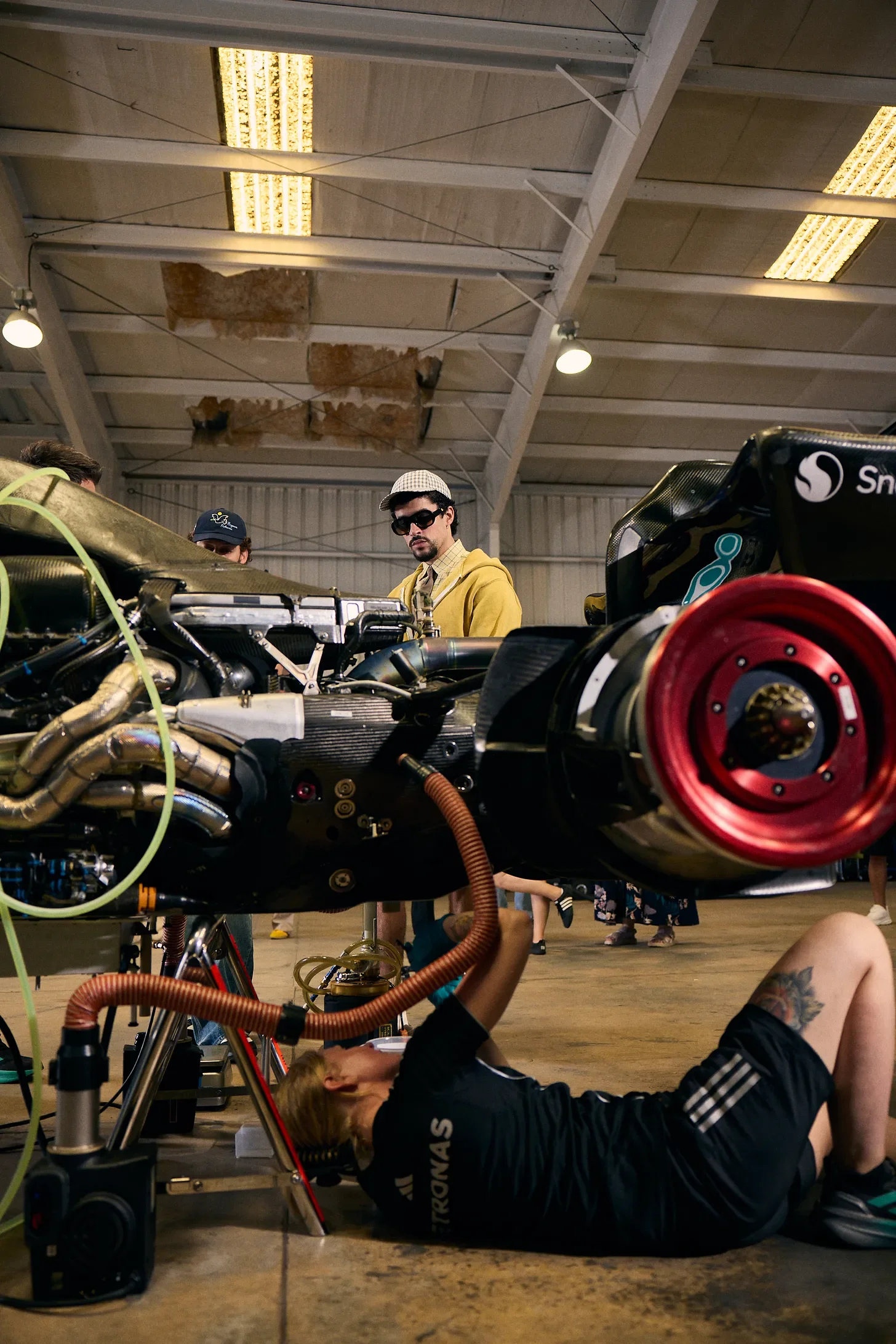Adidas’s recent cultural play in Formula 1 was first dissected by Daniel‑Yaw Miller in SportsVerse (5 Aug 2025), spotlighting the groundbreaking collaboration between Adidas Originals, Mercedes‑AMG Petronas, and Bad Bunny. It marked how Adidas turned scepticism into bold fashion‑sport fusion in Puerto Rico - a move that positions the brand not merely as a sponsor, but a culture‑maker in motorsport.
Supporting Stats
Formula 1’s global fanbase rose to 826.5 million in 2024, up nearly 90 million year‑on‑year.
41% of fans are female, 42% are under 35 - with daily engagement at 61% and emotional attachment at 90%.
Sponsorship revenue hit $632 million in 2024, more than doubling since 2019.
Adidas recorded €23.68 billion in revenue in 2024, up ~12% currency‑neutral; operating profit reached €1.34 billion.
Puma's full‑year 2024 sales grew just 4.4% currency‑adjusted to €8.82 billion.
Pros
✔ Cultural Relevance
By integrating Bad Bunny - already a five‑year key collaborator - Adidas infused the F1 deal with instant cultural cachet and emotional resonance that resonates well with Gen Z and Latinx audiences.
✔ Brand Performance & Reach
Adidas’s strong financial performance in lifestyle segments (+17% apparel, +9% footwear) aligns with its strategic pivot toward high‑heat fashion‑derived products rather than core sportswear.
✔ Access to Insiders & Innovation
Adidas brings unmatched collaborator networks (Pharrell, Stella, Grace Wales Bonner) that can translate F1 assets into broader fashion and lifestyle relevance.
Cons
✘ Financial Exposure
The company expects €200 million in incremental U.S. costs in H2 2025 due to tariffs, pressuring margins and potentially limiting further promotional spend.
✘ Competitive Pressure
Puma’s longstanding F1 involvement, particularly through sponsorships and creative direction (e.g. A$AP Rocky), still positions it as a credible alternative, albeit with slower growth.
Opportunities
🧠 Elevating Collaborations into Signature Lines
Adidas can translate the hype into sales via the Bad Bunny x Mercedes‑inspired Adiracer GT and future Originals drops — high‑margin fashion releases built off F1 visibility.
🌍 Entering Under‑served Fan Segments
F1's rising female fanbase (41%) and diverse young followers present fertile ground for inclusive merchandise and tailored storytelling.
🛍 Lifestyle Commerce via Events
Spectacle activations - like the San Juan demo run - present a model for experiential retail and content‑led commerce that extends beyond race weekends.
Challenges
⚠ Balancing Sport vs Fashion Identity
Adidas must avoid overtly alienating F1 purists while appealing to fashion audiences - bridging performance apparel for team use, replica merch, and trend‑based Originals.
💼 Macro‑economic Uncertainty
Macroeconomic headwinds (tariffs, currency volatility, consumer spending shifts) may limit marketing flexibility and dampen demand if prices are raised.
📉 Puma’s Resilience
Despite slower growth, Puma remains embedded in F1 via long‑term equipment contracts, F1 Academy sponsorship, and creative partnerships - maintaining baseline credibility.
Key Takeouts
Adidas is using Mercedes‑F1 + Bad Bunny to rewrite the intersection of fashion, music, and sport, as noted by Torben Schumacher and Rich Sanders in SportsVerse.
The strategy aligns with Adidas’s robust 2024 acceleration (+12% revenue, €1.34 billion operating profit) and lifestyle‑driven growth.
F1 delivers a dynamic, culturally engaged audience well‑suited to Adidas's collaborators and Originals marketing.
Puma remains a credible existing player in F1, but Adidas’s scale and fashion partnerships present an opportunity to eclipse Puma’s position.
Next Steps for Brand Marketers
Build limited‑edition fashion product drops tied to live F1 events (e.g. Puerto Rico) that offer collectible value and digital storytelling.
Craft inclusive messaging and product lines targeting female and under‑35 fans who now comprise a large share of F1’s audience.
Leverage experiential activations - rooftop showcases, fashion x motorsport pop‑ups, fan hubs - to create commerce‑driven media moments.
Double‑down on collaborator ecosystem - bringing in names like Pharrell, Stella, Grace Wales Bonner to sustain creative energy beyond seat‑merch tie‑ins.
Monitor cost pressures carefully - given tariff exposure, pricing windows, and ROI timelines must be clear, especially in the U.S.
Adidas’s effort into F1 is more than sponsorship - it is a cultural thesis intersectional enough to move product, reshape audience perception, and redefine how sportswear plays in motorsport.
